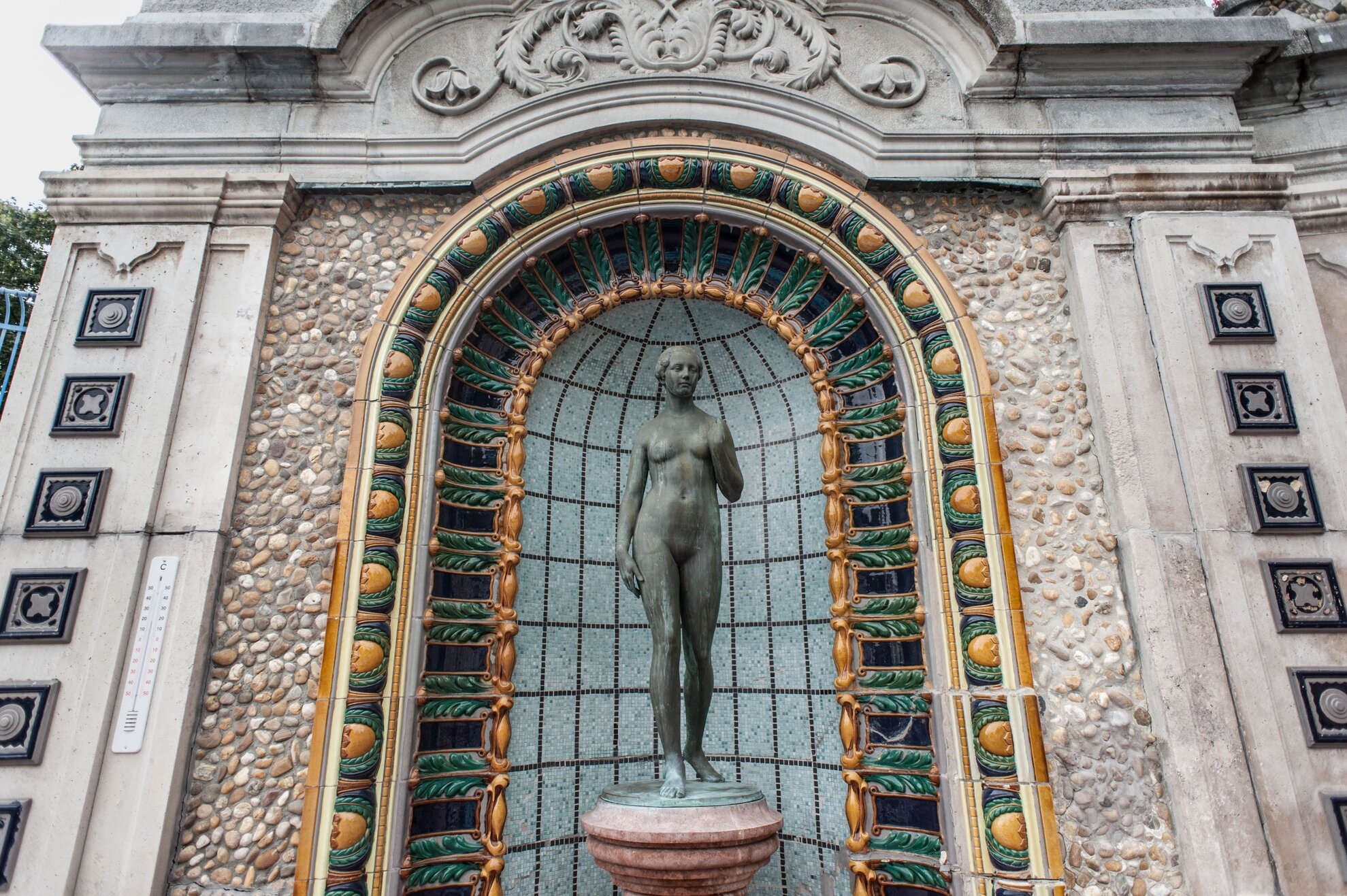
To begin the history of Budapest and its relation to water, we must go back to a time before even the Romans had conquered their way north, when the site was settled by a Celtic tribe known as the Eravicsi. These original locals gave the area the name Ak-ink, meaning 'abundant water', after the nearby thermal springs. Very little else is known about these peoples, who moved into the area around the third or fourth centuries BC, except that they worked with iron, created pottery and jewellery, and even minted their own coins from silver – a rarity at the time.
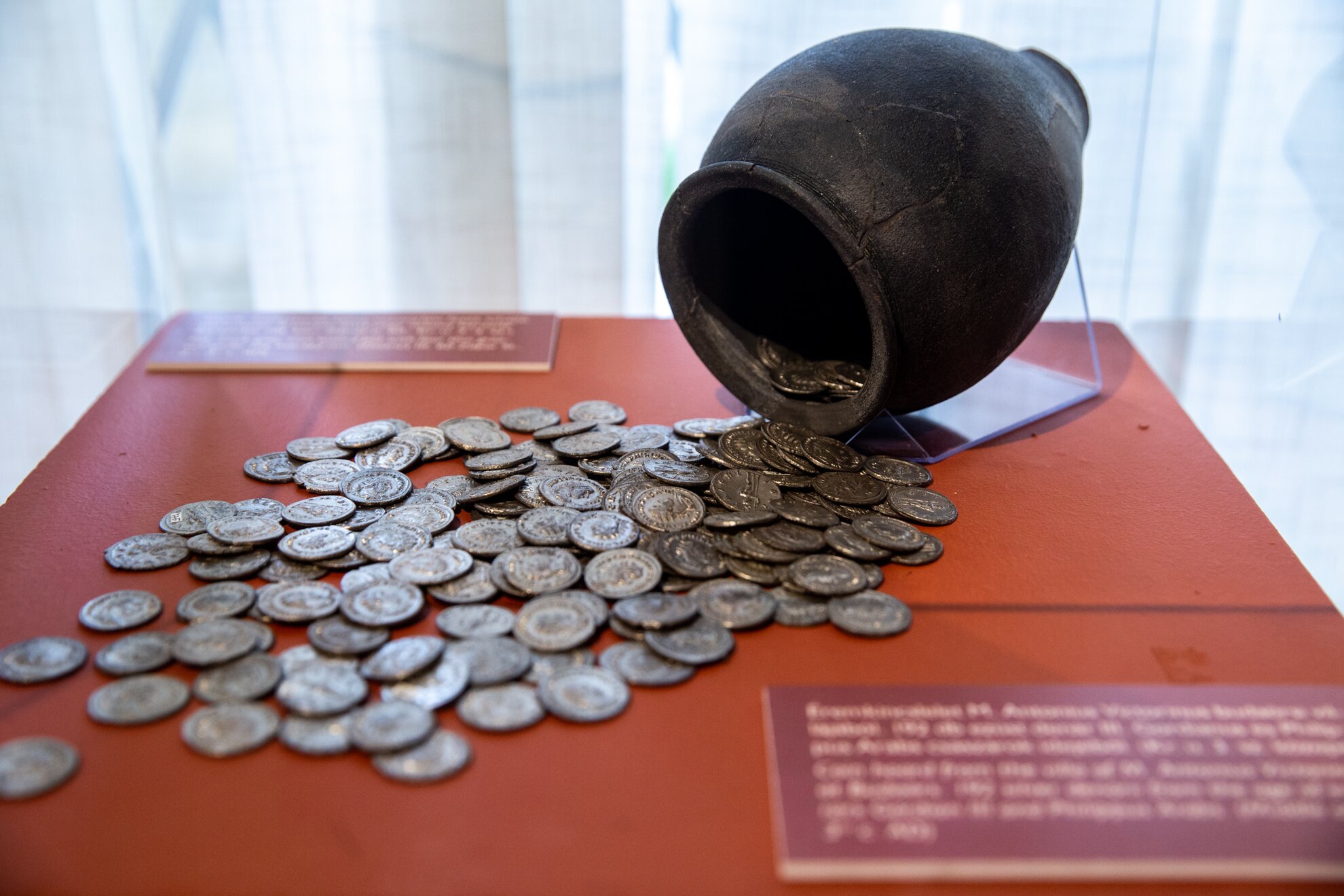
Unfortunately the might of the Roman Empire was quick to overpower the Eravicsi, and the existing settlement was renamed Aquincum, and became a military strongpoint. Ruins of this ancient city can still be seen in parts of Óbuda. The Romans brought indoor heating, mosaics and amphitheatres to Aquincum, but most interestingly for our discourse on the subject of waterworks: access to bath houses and the installation of aqueducts.
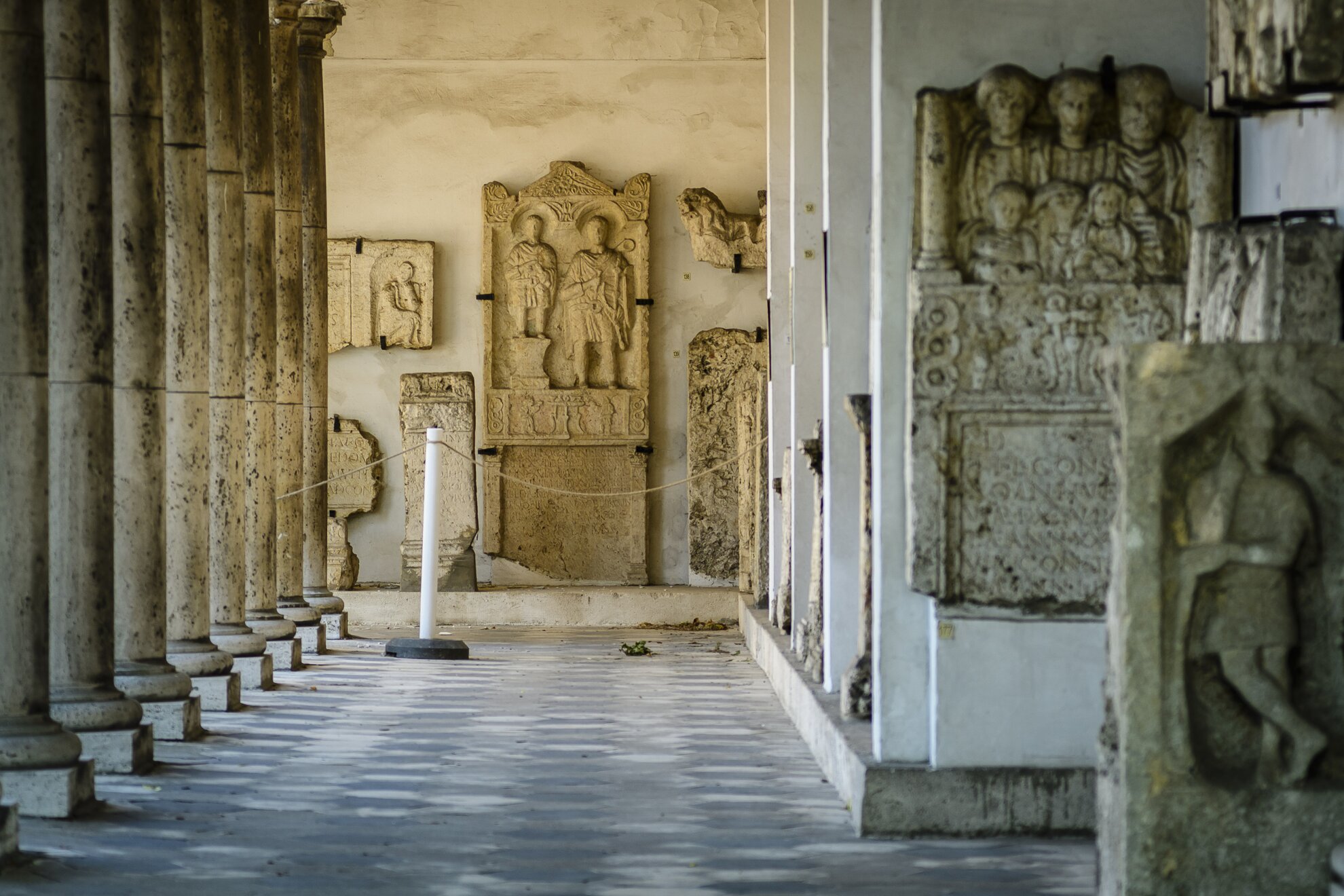
The Aquincum aqueducts were an engineering feat, covering nearly five kilometres in total and built to a gradient of about one or two degrees to ensure a continuous flow of water through the city. Short segments can still be seen today, one fragment even situated in the middle of Szentendrei út between Aquincum and Kaszásdűlő HÉV stations, dividing the two lanes of traffic.
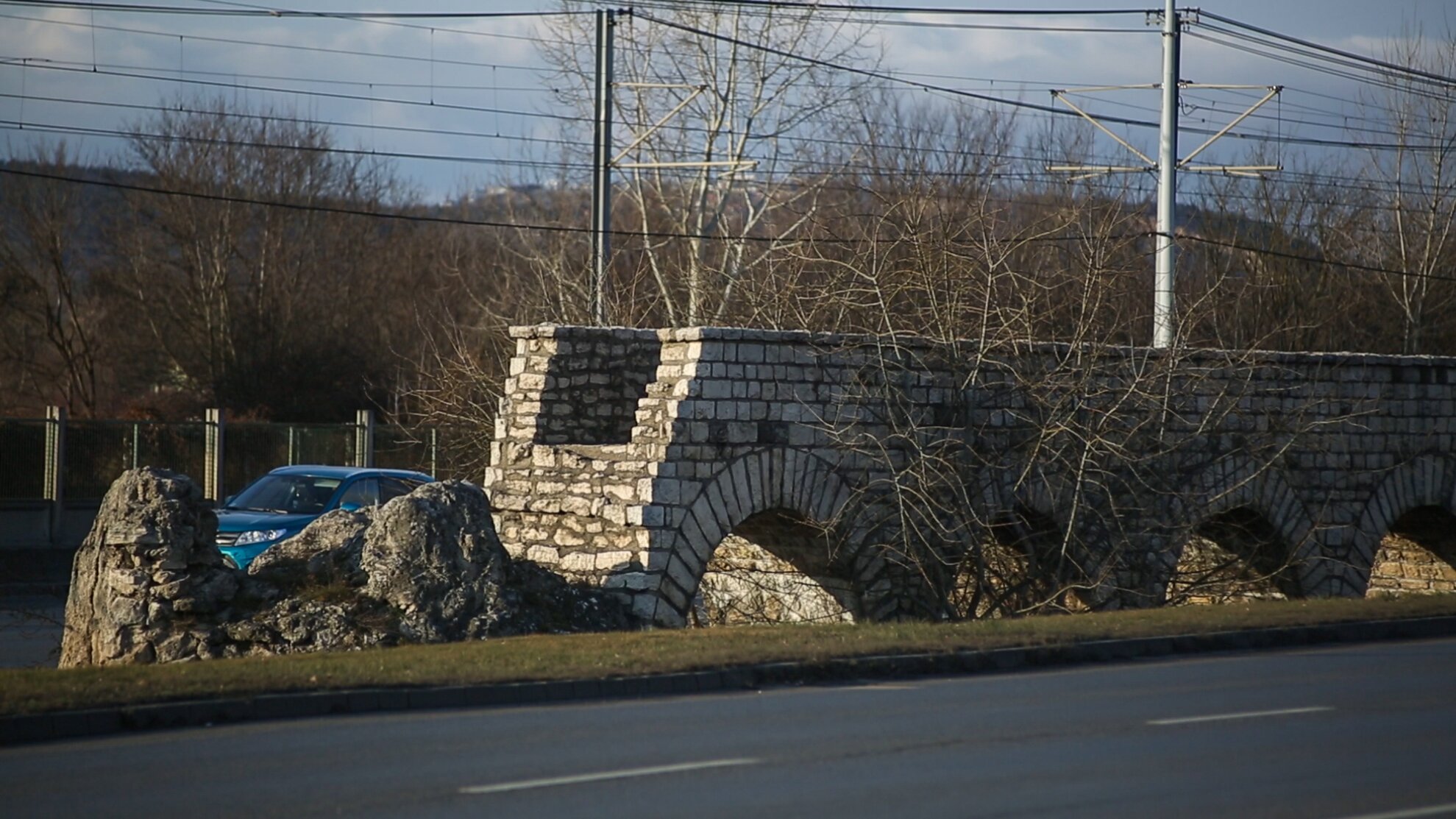
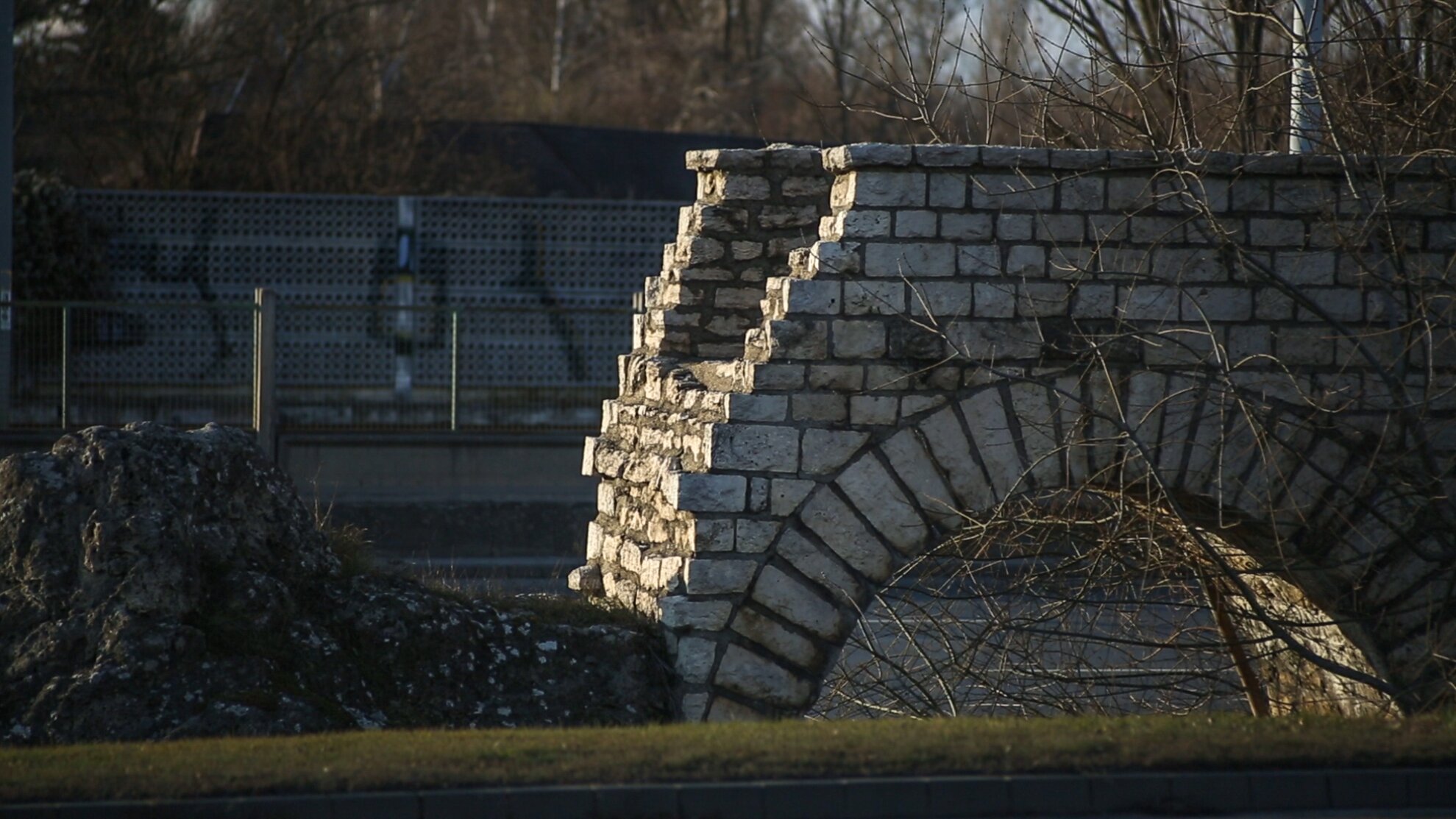
As early as the 13th century, references to a spa have been recorded as existing on the site of today’s Gellért Hotel, known as the Aga Baths during the Ottoman occupation of Hungary. Deep underground waters were known to residents in the Middle Ages, with tales abounding of their incredible and miraculous healing powers.
Buda Castle – whose history spans numerous sieges, destructions, reconstructions and expansions – was installed with pumped waterworks in the early 1400s by King Sigismund. In 1470, King Matthias introduced the spring water of Svábhegy to the castle, which was rebuilt in 1777.
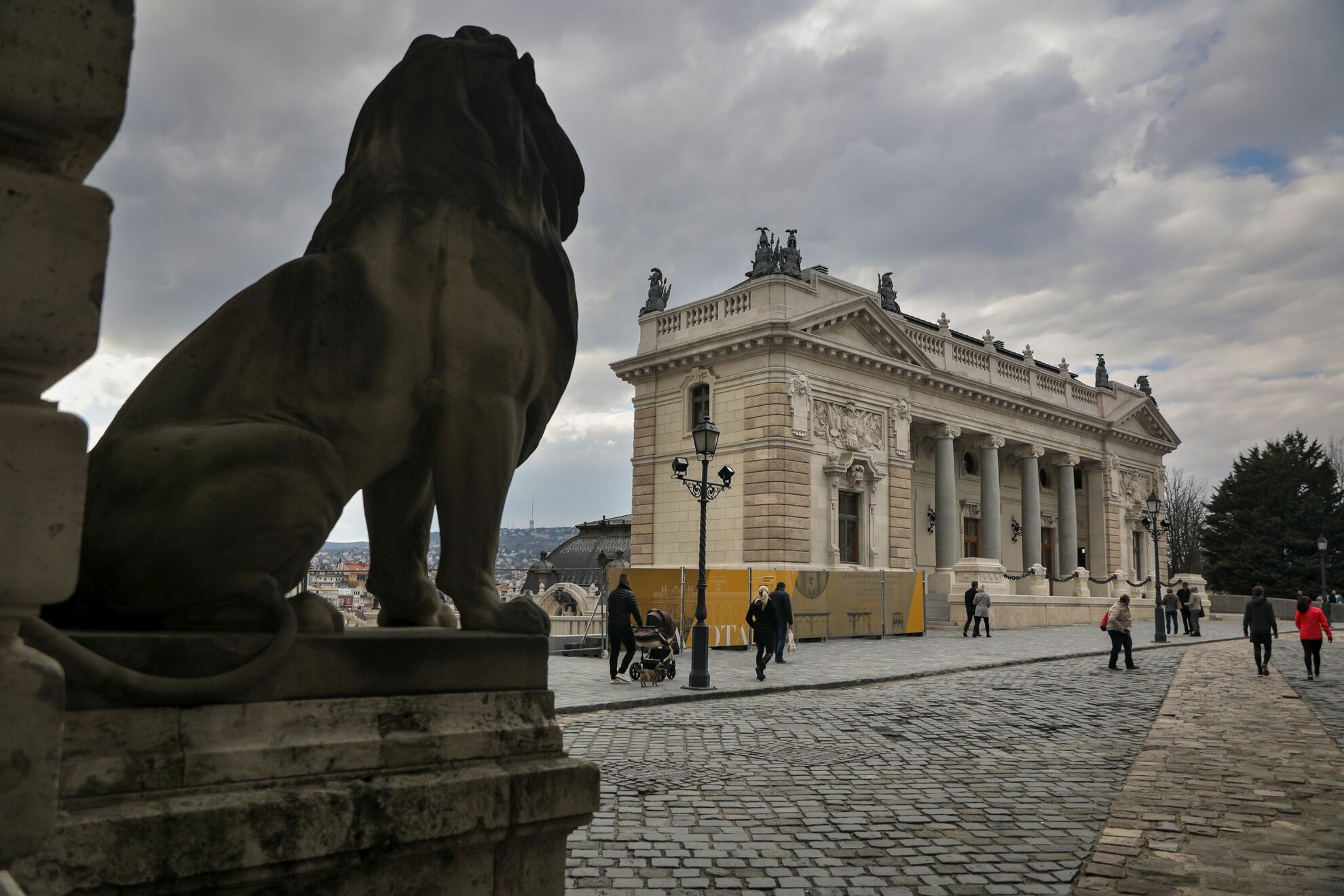
In March of 1838, a different type of aqueous development struck Budapest, when the banks of the Danube overflowed with such substantial flooding that areas of the city were covered in over two metres of water. It was a devastating moment, demolishing more than 2,500 houses and reducing tens of thousands of residents into states of homelessness. Flood-prevention work became a priority in the city, and construction began up and down the Danube to mitigate future strain on the river’s banks. Even now, marks of the 1838 flood can be found around Budapest, and one local tour guide and urban historian, Gábor N. Szidor, created a short film detailing the Great Flood, with English subtitles.
The city rebounded from the devastation of the 1838 flood, and soon the focus returned to leisurely opportunities afforded by the natural thermal waters running beneath the city. Mining engineer Vilmos Zsigmondy discovered several thermal springs in Hungary, including one on Margaret Island in 1867, where a well-room and baths were later built. He began digging deeper, in the area now known as Heroes' Square, and finally tapped into a supply of 74° C water which today supplies the famous Széchenyi Baths.
The Széchenyi features 21 pools, fed from a depth of 1,246 metres. It was opened on 13 June, 1913, and had already seen 890,000 bathers by 1919. The bathhouse suffered damage during World War II, but the well remained untouched, ensuring a quick resumption to full operations. Today, Budapest is known for its numerous thermal baths open to the public.
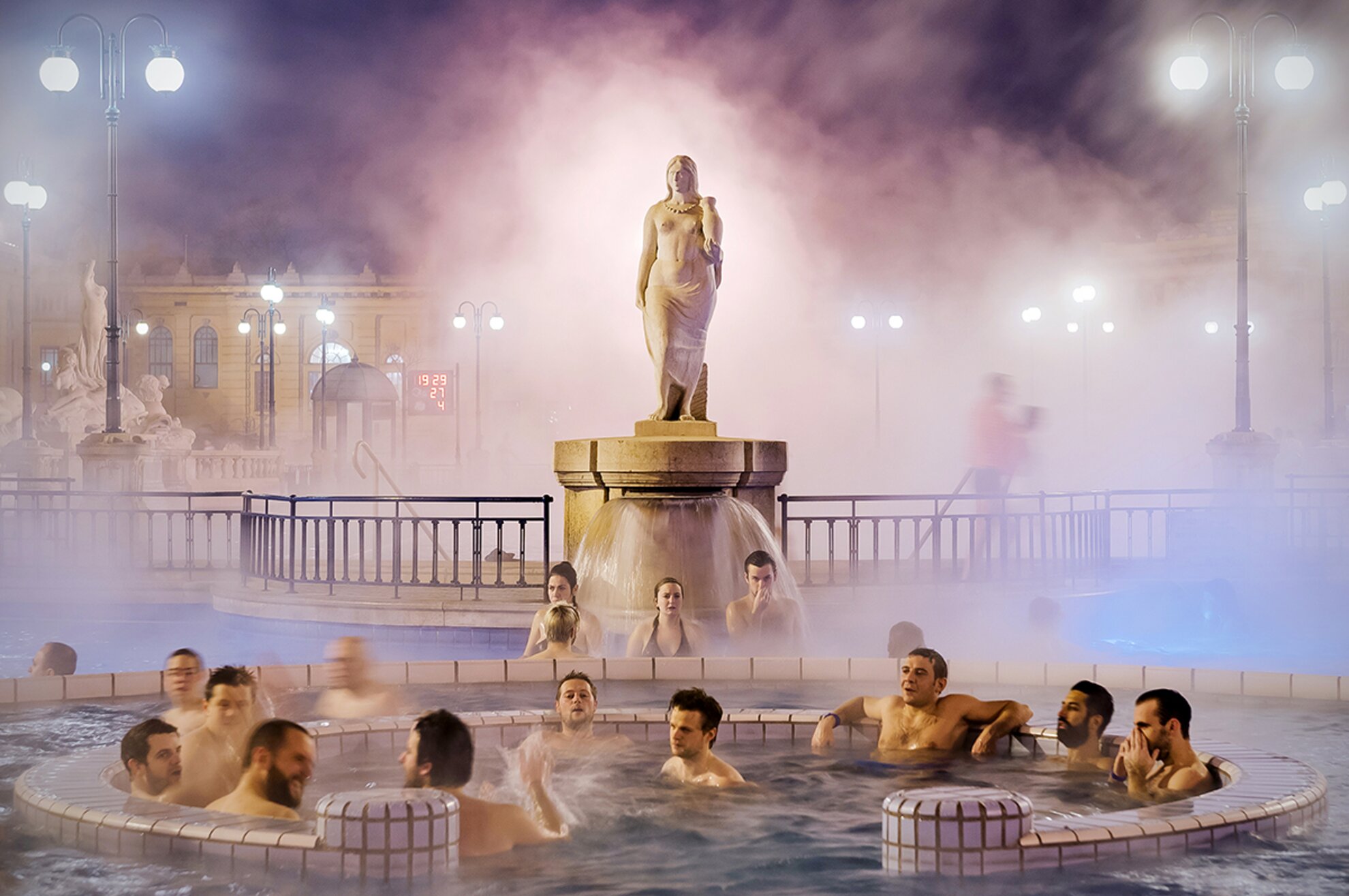
At the beginning of the 20th century, water tanks came into fashion to ensure drinking water for the city’s residents. Water towers existed on Margaret Island, Népliget, Újpest and Stefánia út, although many were closed in the 1950s as the water system was modernised. Other examples of the expansive Budapest waterworks can be seen in the fountains across the city, such as the Danubius Fountain which once stood on Kálvin tér, whose carved figures represent the allegorical figures of the rivers Danube, Tisza, Drava and Sava. The fountain is now located at nearby Erzsébet tér.
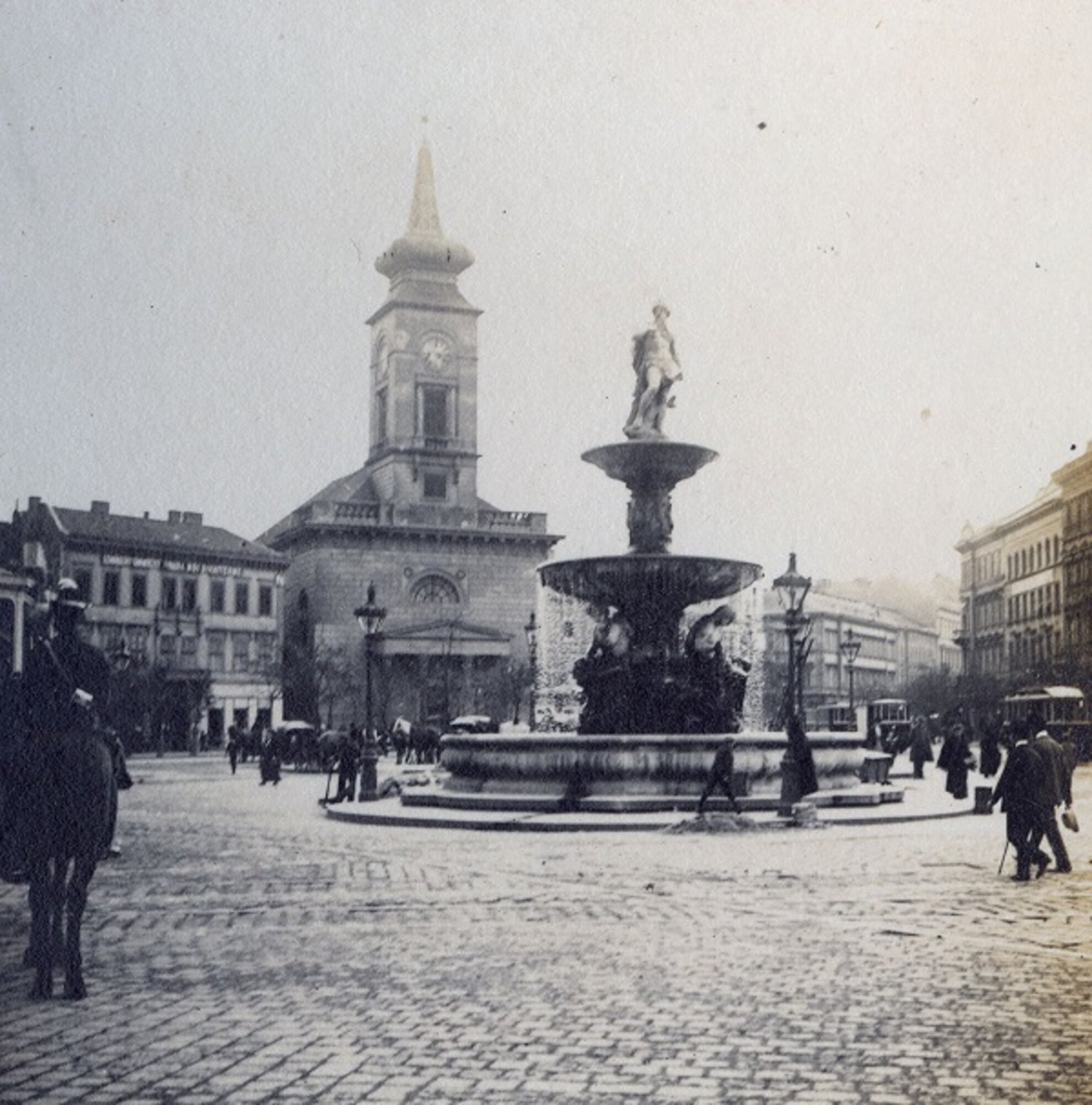
From humble beginnings as thermal springs to a flourishing metropolis, Budapest and its waters are entwined and inseparable today.




